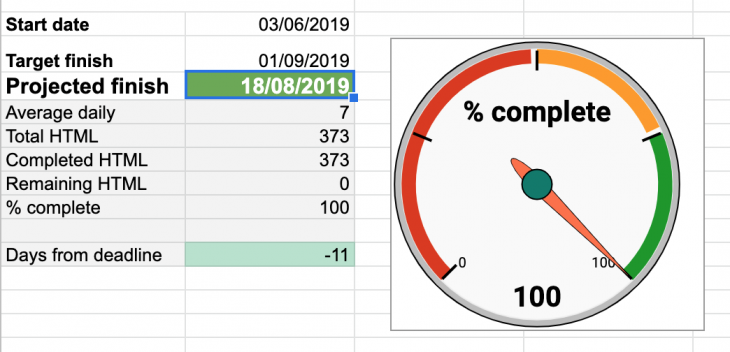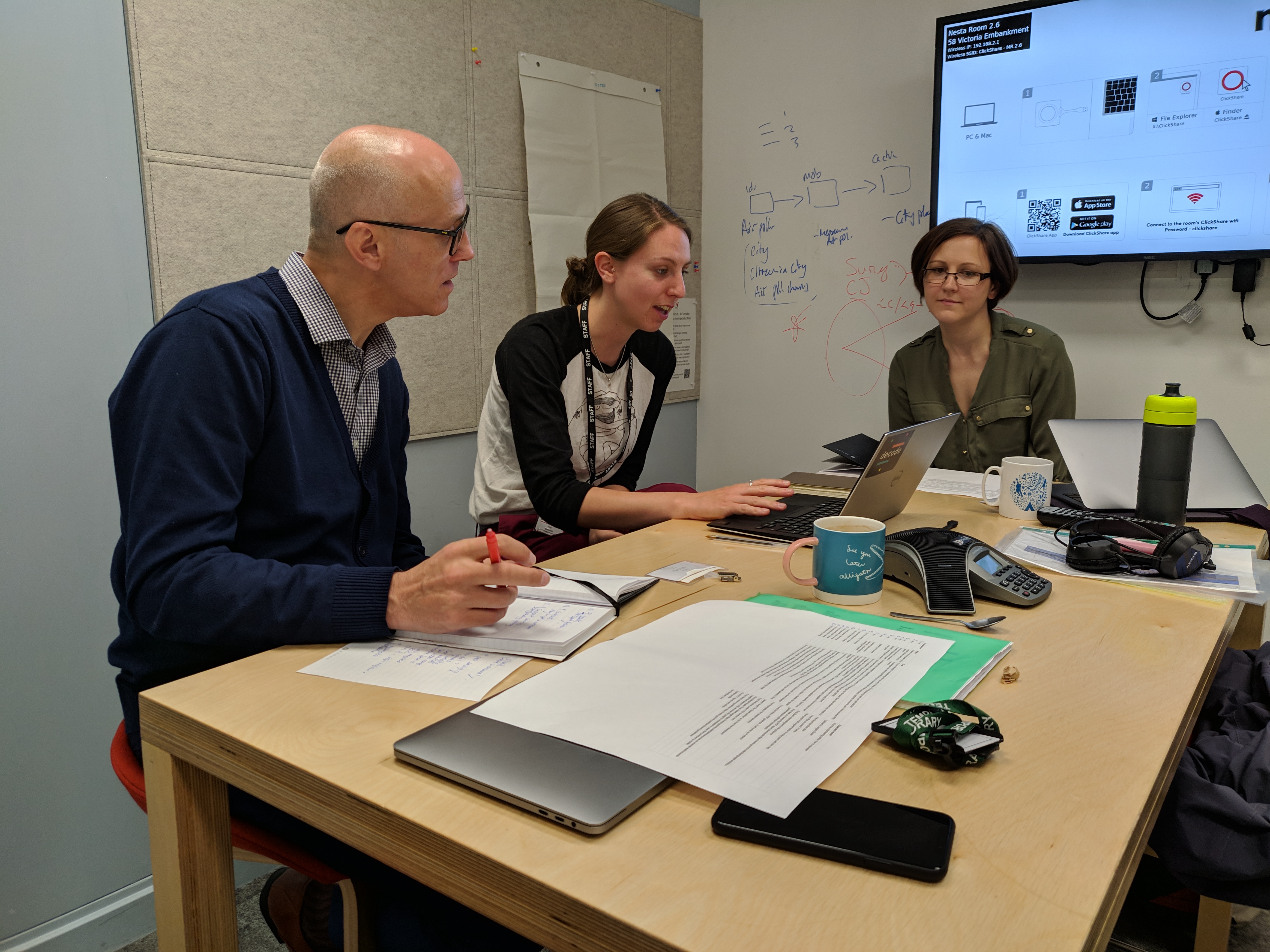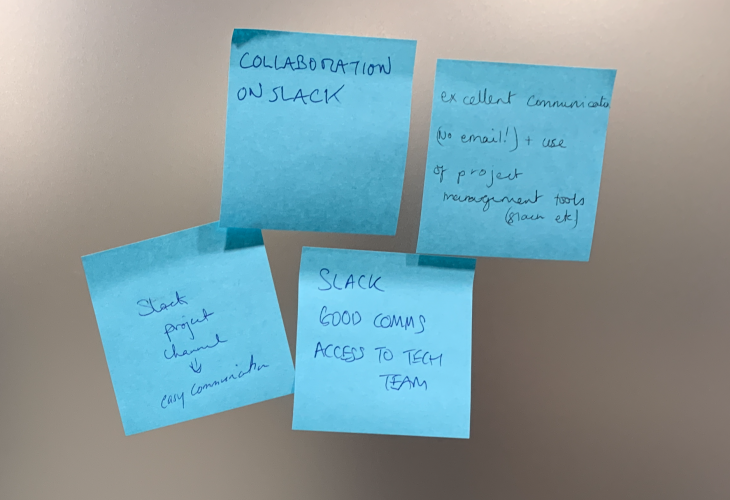I’ve been working with Nesta to put a new intranet in place. It’s been a smooth project, delivered on time and ticking all the requirements boxes.
But I’ve written enough blog posts showing how organisations are saving money by deploying GovIntranet. This time, I thought I’d share some of the aspects that we at Agento have learned running a project as a small business.
After the new intranet launched, we ran a project retrospective to review the positive and negative elements of the project from both client and supplier perspectives. Here are the main themes.
Start with clear requirements
The quality of a requirements brief is important. We’ve seen some horrendous requirements on the G-Cloud and Digital Outcomes marketplaces. Written in a hurry and often not user-centred, this slap-dash approach makes it so hard for a supplier to understand requirements.
The initial project brief from Nesta was crystal clear. The team had already completed research. There was solid evidence of what didn’t work on their existing intranet, and a clear vision of what they wanted from a new intranet. The requirements brief included user stories from staff across all departments including intranet publishers. And Nesta used the MoSCoW method for classifying requirements. This meant that although staff may have seen the research sessions as an opportunity to notch up a wish list of requirements, they were also challenged to justify how important their wishes were in terms of ‘must have’, ‘should have’ etc.
Start with clear brand and design guidelines

Working primarily with central government department intranets, branding hasn’t figured too high in the scheme of things when deploying new intranets. This is mainly because there is consistency across departments following the same GOV.UK brand.
Outside of central government it’s a different kettle of fish. Branding is big. Especially for charities.
I abhor being bogged down in the design phase of a project. Endless discussions over the right shade of blue. Vague “Can you make it more edgy?” or “We want it to pop.” feedback. Minuscule pixel adjustments. Just one more change, until most of the project time has been used up and the client has a lovely looking homepage but still needs to do six months work on information architecture, creating quality content and testing with users.
Which is why it was a breeze to follow the brand guidelines supplied by Nesta. When you break it down into design patterns and a set of rules covering use of the logo, typography, colour and imagery, there’s no getting bogged down.


Make time for migration
Moving content from one content management system to another takes time and resources. Nesta were clear in their requirements that they wanted this phase of the project to be handled by Agento. They knew how much content needed to be moved and had a deadline for deploying the new intranet.
The team of content elves at Agento got to work early in the project. It was not possible to export content from Nesta’s Interact intranet and so migration was a manual process of copying and pasting, categorising and tagging.
We created an inventory of all pages to be migrated and used this as a basis for the content migratometer – a Google sheet, designed to show migration progress and estimated completion dates. We embedded a live graph of progress on the new nesta:net homepage during migration.

You can take a copy of the sheet to use on your content projects:
Usability testing does more than test the product
It’s important to test any product with real users before launching. That sounds obvious. But I’ve worked on projects where testing gets ditched during procurement, seen as ‘nice to have’ but not essential. Nesta wanted two rounds of testing as part of the project.
We were fortunate to be able to test the new intranet with Nesta staff using their own devices. It’s better than sitting people in a room and forcing them to use a laptop and browser that they’re not used to. And it’s better than testing with people who are never going to use the intranet. You get to see the different preferences that people have when browsing. Some have the text size boosted up; others prefer teeny-weeny font sizes. Some browse in full-screen mode; others work with smaller windows.
An added benefit of testing with real users is that it brings them on board and helps to promote the new intranet. We tested with staff and publishers including department managers and senior board members. For publishers, this was particularly useful in pinpointing weaknesses in content.

You don’t need email
I’ve been using Slack for years. It’s been useful for keeping in touch with colleagues when working remotely, for sharing the odd random post. But as a small business it’s always been more of a glorified direct messaging system than a collaboration space.
At the start of the nesta:net project we agreed to use Slack as the primary means of communication for the project team. The benefits have been plentiful. The biggest bonus is no email. Not being copied into each and every email trail. Not having to search through weeks of inbox archives to find a piece of information. And not missing important emails that get caught in spam filters.
Threaded conversations helped to keep separate strands of the project away from the main conversation.
We have been able to keep up constant communication, working toward mini-milestones, rather than doing regular, planned check-ins. We’ve been able to post and answer questions, share document links, organise dates, keep up the morale, and inform the team about what is happening and when.

